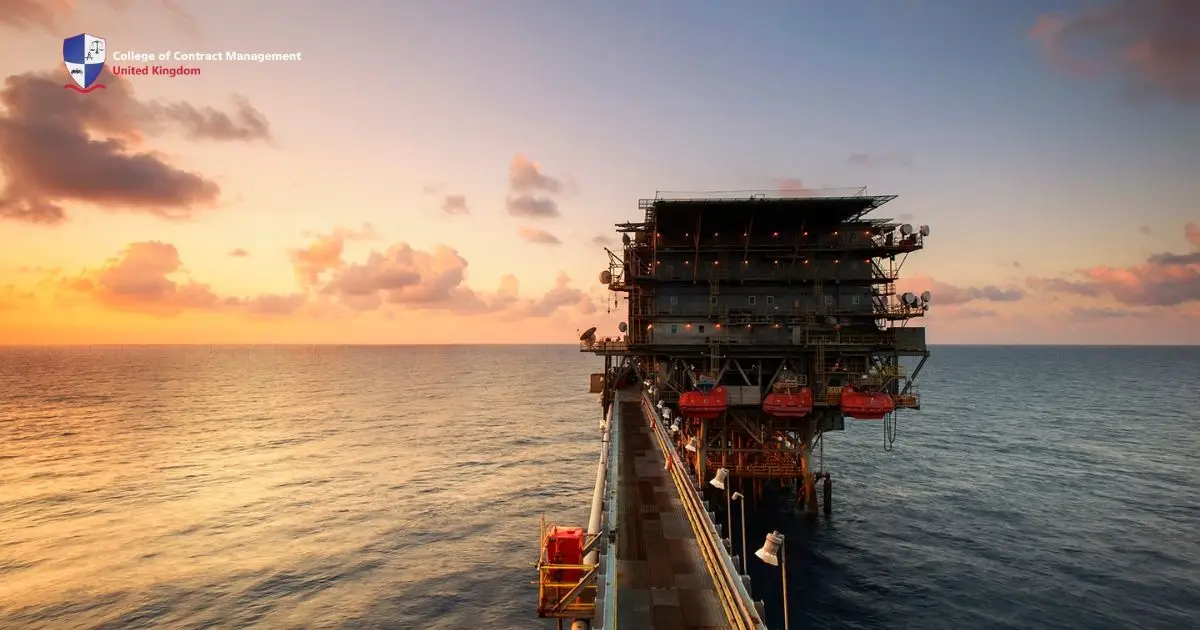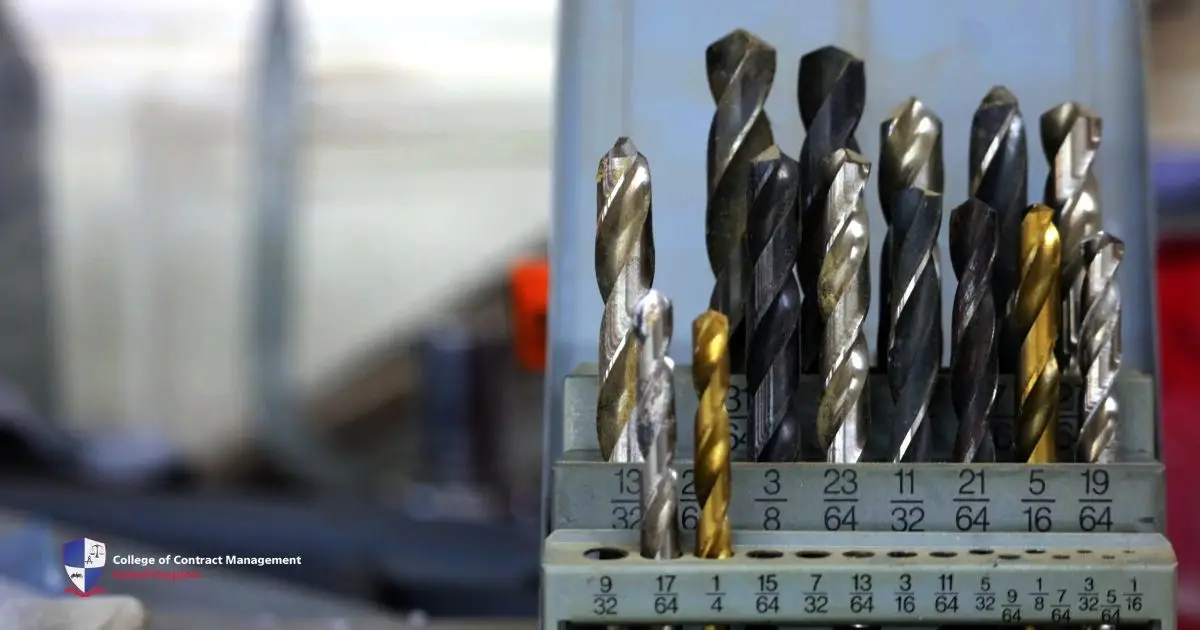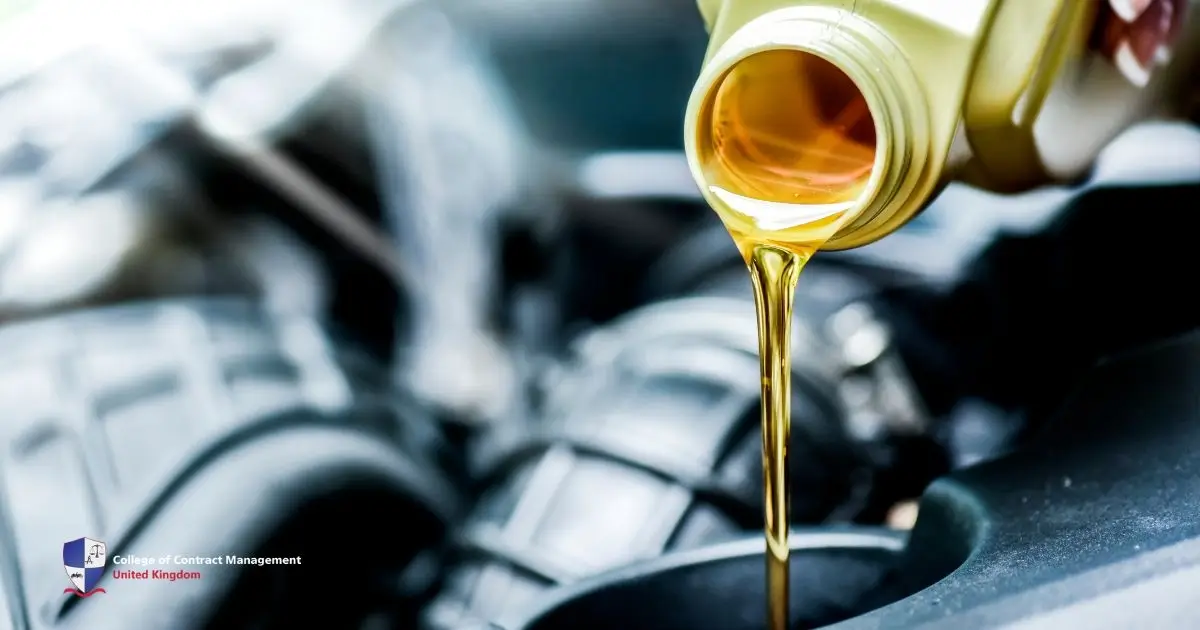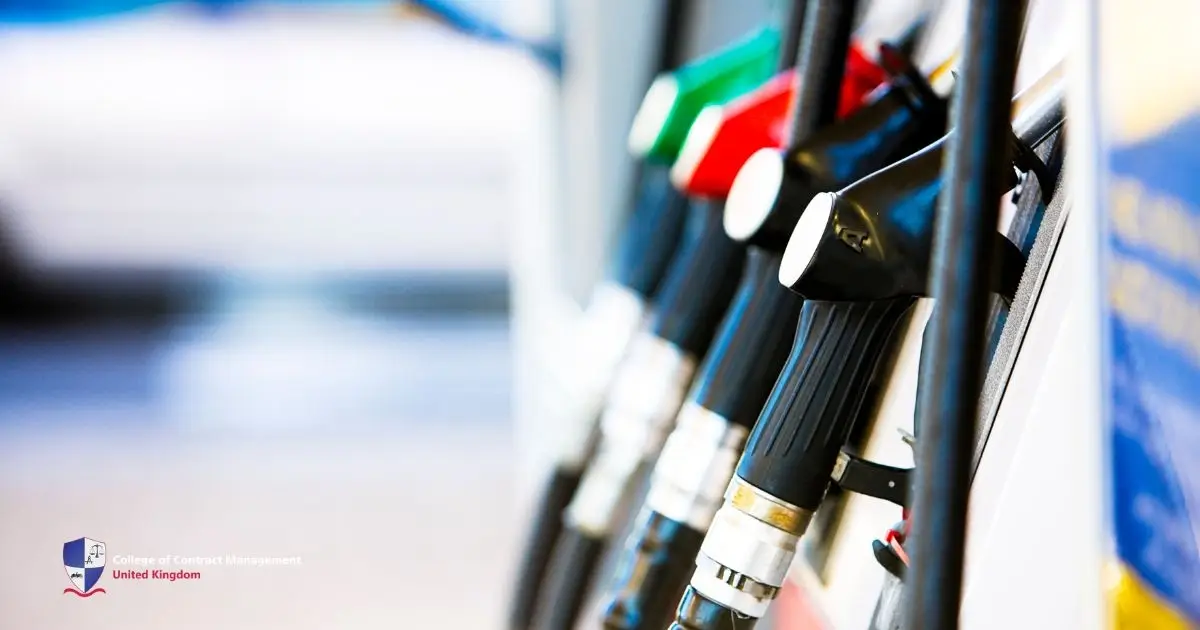An oil rig is not a simple tool that workers use to drill or extract oil. Instead, engineers and designers create it as a complex, integrated system that incorporates cutting-edge engineering, technology, and safety protocols. Teams build these behemoths to withstand harsh ocean conditions, enabling them to drill, extract, process, and store oil safely from deep beneath the seafloor.
Operating like a self-contained city, an offshore oil rig supports a vast crew. There are accommodations and operational centres like living quarters, dining facilities, and control rooms. Engineers integrate all components with safety as a priority and employ a vast array of technical systems to monitor, maintain, and optimise drilling activities.
How does an oil rig work?
An oil rig drills work through the ocean floor and pushes the material with mud, and then the extraction can begin. That is the very general way it works. Every rig can operate and work slightly differently depending on the condition and the rig itself. However, we are going to be more in-depth on this.
Additionally, the drilling process begins with a rotating drill connected to a long string or pipe. Workers lower the drill to the ocean floor to cut through bedrock and sediment layers. Once the drill penetrates the seabed, they pump high-pressure drilling fluid (or mud, as workers call it) down the drilling bit to clear debris and push material upward. After drilling a section of the earth, they insert and cement a steel casing to stabilise the well. At last, they isolate the pressure zone to ensure safe drilling operations.
Thus, the extraction process takes over. Workers begin by inserting a production tree at the wellhead to regulate and control oil flow. Simultaneously, they implement safety procedures and install critical devices to ensure safe operations. Then, the oil rig operates as a whole operation with all staff, and it needs to provide constant extraction.
Drilling process of an oil rig
An oil rig is an advanced system designed to drill into deep oil reserves. Therefore, the drilling process is complex and has many layers. It begins with extensive planning, geological surveys, and careful site selection to confirm whether oil is in those reserves or not. From there, the drilling process can start.
This marks the start of a more profound process of the drilling process and the start of the extraction process. We will delve deeper into these steps. Below is a detailed, point-by-point explanation expanding on the drilling process on an offshore oil rig:
1. Site survey and planning
This is the very first part of planning for an oil rig. This crucial step determines where the rig will be placed. To start this process, experts using all their tools mapped out where the oil deposits are. They will see the rock formations, structures, and pressure of the ground to figure out the best angle of attack for the drill and the well trajectory.
Based on all that information, engineers create a detailed plan that includes target depths, casing designs, and risk assessments. This in-depth planning is the most important part of the planning stage of the rig. Without this initial step, the whole operation will be doomed. This is because it will ensure that the operation stays efficient and safe as this serves as the foundation for all the next steps.
2. Delivering the oil rig and positioning
This step might sound easy compared to the other step in this process. However, it couldn't be more wrong, it is a complex logistical process. This is because its process involves moving the massive structure from its yard or previous position to its new targeted location. Thus, it needed a specialised ship to either tow, float, or lift the structure into place.
Once on the correct site, it is now time to manoeuvre it to the precise position. A precise dynamic positioning system and anchoring methods ensure proper placement. These systems counteract the weather and sea currents. Thus, making the rig accurately aligned over the target well. This placement is important for the whole operation to ensure that the drilling process can be done efficiently.
3. Initial drilling
Initial drilling, or what people in the oil rig industry called spudding, marks the beginning of the construction of the well. During this stage, a small borehole is made first to go through the upper rock formations and to confirm the location of the well. It provinces the critical formation data and sets the stage for the drilling operations. The spud hole creates a foundation for inserting casings that engineers then cement in place. The data they gathered confirmed that the survey and planning were accurate. In turn, it confirms the drilling trajectory and operational safety measures can be maintained throughout the drilling process.
4. Drilling operations
The drilling operations are the key steps of the process and also the most dangerous part of the oil rig process. Where a lot of things can go wrong very quickly. Therefore this is the part where the most details and plans are laid out. We will be explaining every part of that planning:
- Drilling String Assembly & Rotation: The rig assembles a series of connected pipes to form a drill string with an attached drill tip and a top drive that cuts through rock layers.
- Circulation of Drilling Fluid: Secondly the system pumps high-pressure drilling mud down the drill string and out of the drill bit, which cools and lubricates the bit while removing rock cuttings from the surface.
- Adjustments: Finally the crew continuously monitors the oil rig drill performance and makes real-time adjustments to optimise drilling efficiency and maintain borehole stability.
5. Casing, Cementing & Tripping
After the drilling process, engineers lower a steel casing from the oil rig to the bottom of the borehole to ensure stability. Then, they pump cement into the gaps between the borehole and the casing to secure it in place. As well as to prevent fluid migration between formations. After that process, it is continued drilling and extraction of the oil. However, this process can wear down the drill bit or require maintenance on the drill string. During tripping, the crew removes the drill bit for repairs or maintenance and then reinserts it into the system.
7. Evaluation & Completion
As the process continues, operators periodically evaluate working and safety standards across the oil rig. They lower specialised logging tools into the well to record critical data. Where they will record key information needed for the continued drilling. On the platform, the crew continuously monitors work and safety standards to ensure the rig operates safely.
After reaching the target depth and verifying the presence of oil, the team prepares the well for production and extraction. Completion involves making holes in the casing in the hydrocarbon-bearing zone to allow oil and gas to enter the wellbore. Finally, operators install a production tree (commonly known as a Christmas tree) at the wellhead to control the flow of extracted fluids, ensuring safe and efficient production.
Conclusion
Well, an oil rig is deeply complicated and is meticulously engineered with an integrated system. It combines drilling, production and safety functions to effectively extract oils from the reservoirs. Every part of the process from the survey, planning, positioning, drilling, casing and finally completion. This is done to make sure it is a safe and efficient operation.
If you are curious about engineering and construction. Thus, you can gain that knowledge here with us. We will ensure you can gain a brighter future, whether it's in your professional life or even in your self-development. The College of Contract Management provides high-quality, professional courses for you to succeed in life. What are you waiting for? Join us today!





